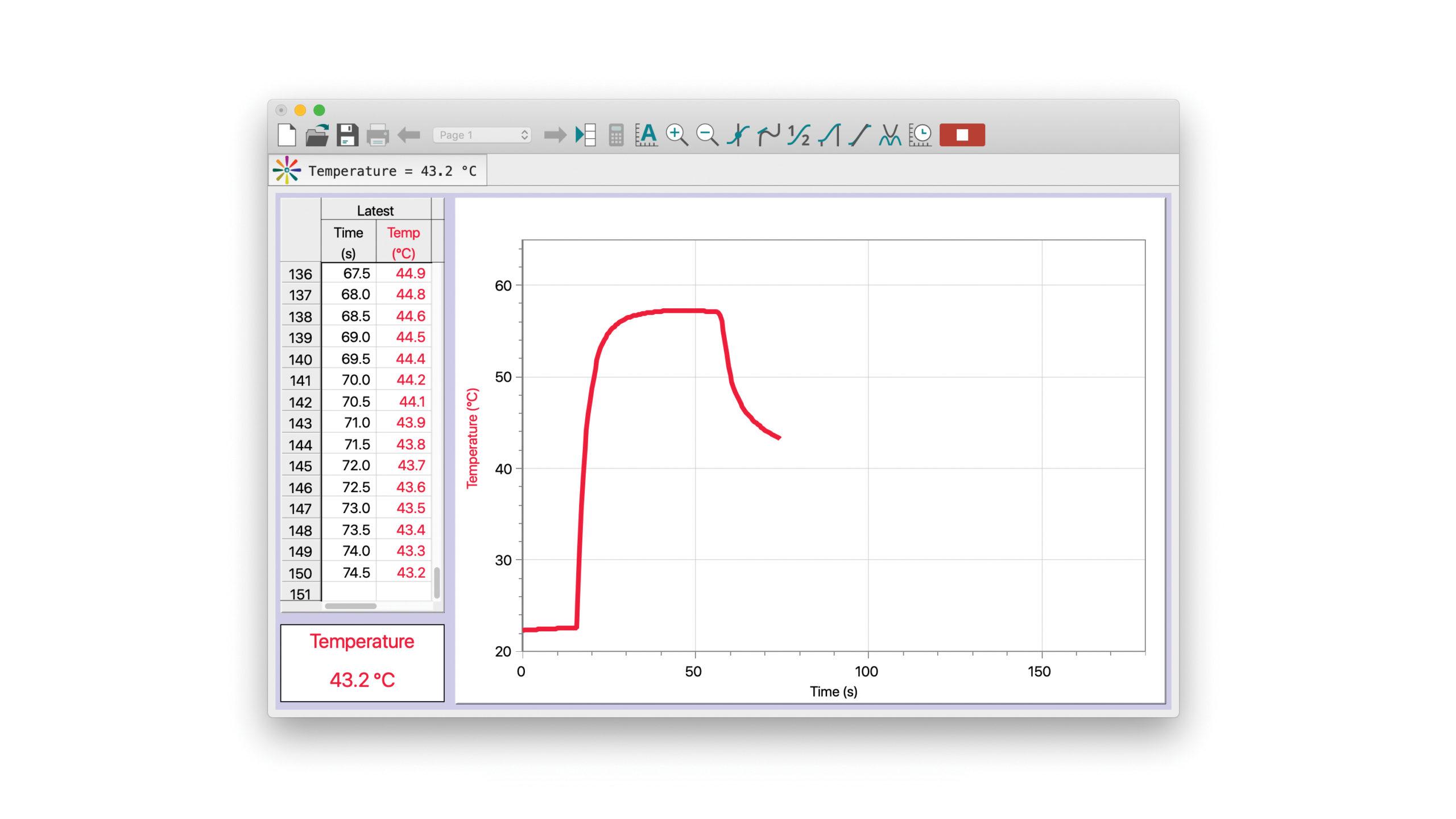Introduction
Have you ever wondered what causes mirages, how lenses can focus light, or why your feet look closer and bigger in a pool of water than you know they are? All these phenomena can be explained using the concept of refraction and an experimentally validated equation known as Snell’s Law.
When light travels through a vacuum or a dilute gas such as air, it does so at the incredible speed of cvac=3.00×108 m/s. Light travels more slowly in uniform transparent substances such as clear plastic and water.
Objectives
In this activity, you will
- Provide experimental verification of Snell’s Law.
- Use the Law to determine the speed of light in Acrylite, which is a clear plastic often used to make lenses.
Sensors and Equipment
This experiment features the following sensors and equipment. Additional equipment may be required.
Ready to Experiment?
Ask an Expert
Get answers to your questions about how to teach this experiment with our support team.
- Call toll-free: 888-837-6437
- Chat with Us
- Email support@vernier.com
Purchase the Lab Book
This experiment is #33 of Physics with Video Analysis. The experiment in the book includes student instructions as well as instructor information for set up, helpful hints, and sample graphs and data.


